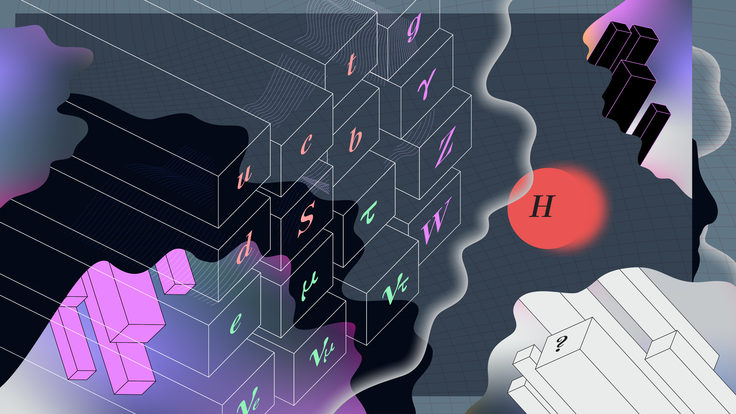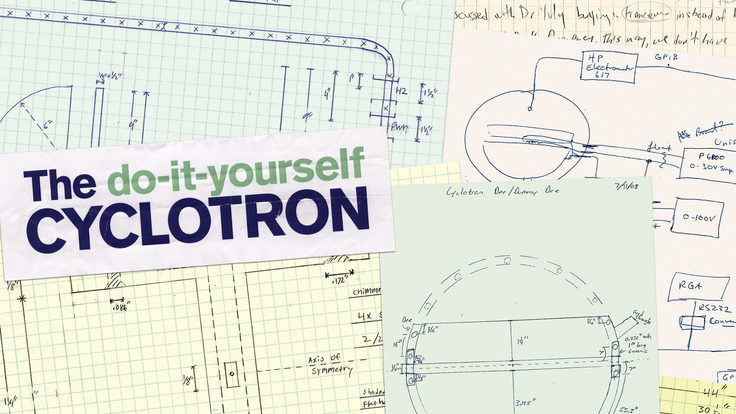
The excited, neutral Xi_b baryon decays in a multi-step process with long-lived particles, making it complicated for scientists to trace back to the original particle. Image: CMS collaboration
Members of the CMS collaboration announced the experiment’s first discovery of a new particle today.
In a paper submitted to Physical Review Letters, the CMS collaboration described the first observation of an excited, neutral Xi_b baryon, a particle made up of three quarks, including one beauty quark.
The new baryon is one of many particles made up of quarks predicted by the theory of quantum chromodynamics.
“We have found a very large fraction of these particles,” said CMS physicist Vincenzo Chiochia, one of the co-leaders of the search. “But there are still very heavy ones and excited states to be discovered.”
Individual quarks cannot float around on their own; scientists find them bound in pairs or in groups of three. Theory describes the different ways in which quarks should connect. It also predicts the existence of excited states of particles made of quarks.
The first new particle discovered by the ATLAS collaboration, announced in December 2011, was an excited state of a particle made up of two quarks.
Until now, physicists had only ever seen Xi_b baryons in their ground states. The excited Xi_b baryon is the heaviest baryon to be discovered in the Xi baryon family.
A particle becomes excited when it has higher than its minimal amount of energy. Not long after excited particles form in particle collisions such as those in the Large Hadron Collider, they break down into ground-state particles by releasing energy in the form of smaller particles.
The excited Xi_b baryon breaks apart into long-lived particles that can travel half of a meter from the collision point before decaying. This gives physicists long lines to draw as they connect the dots to find the origin of the final products of the decay. They do all of this through the confusion of about 20 other particle collisions happening in the same instant.
“Finding this particle is really very hard,” Chiochia said. “Finding this complicated decay in such a messy event makes us confident in our abilities to find other new particles in the future.”






